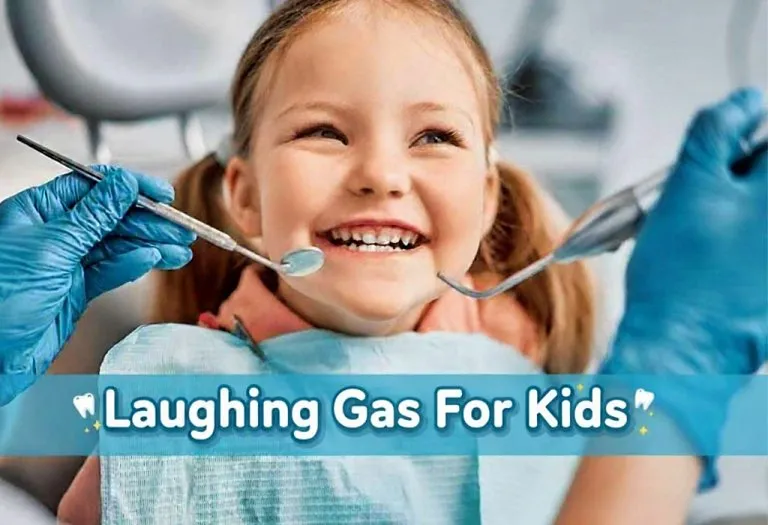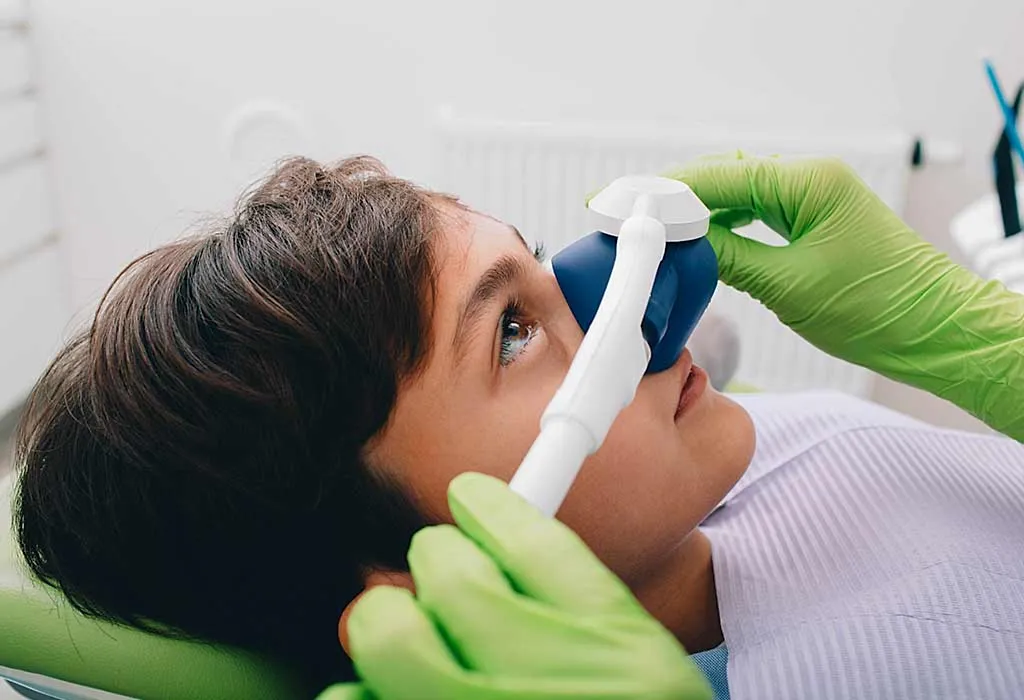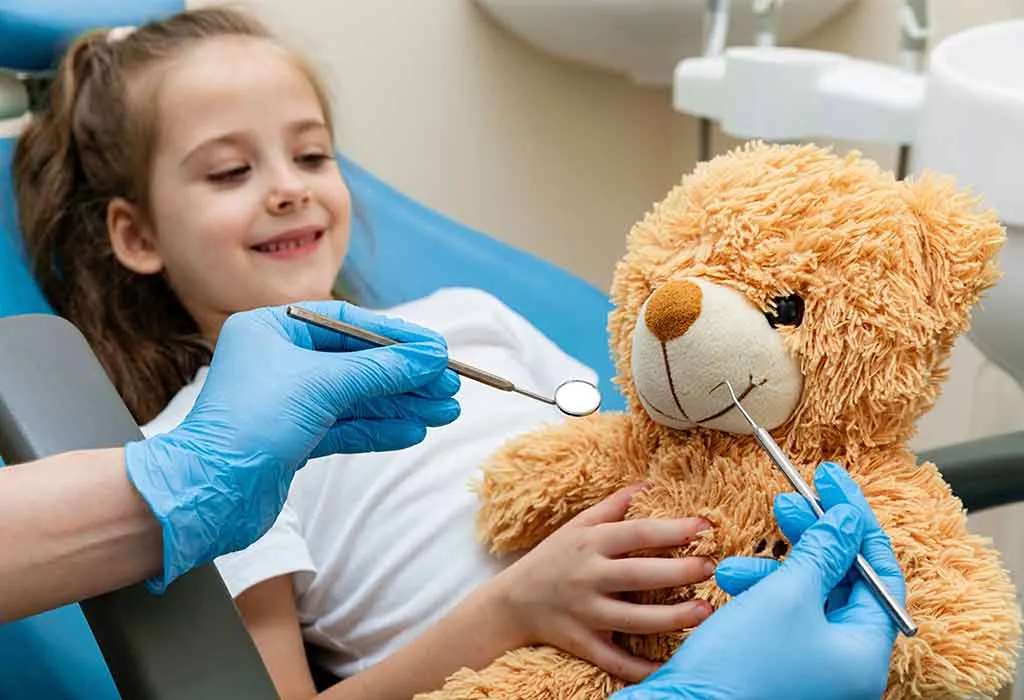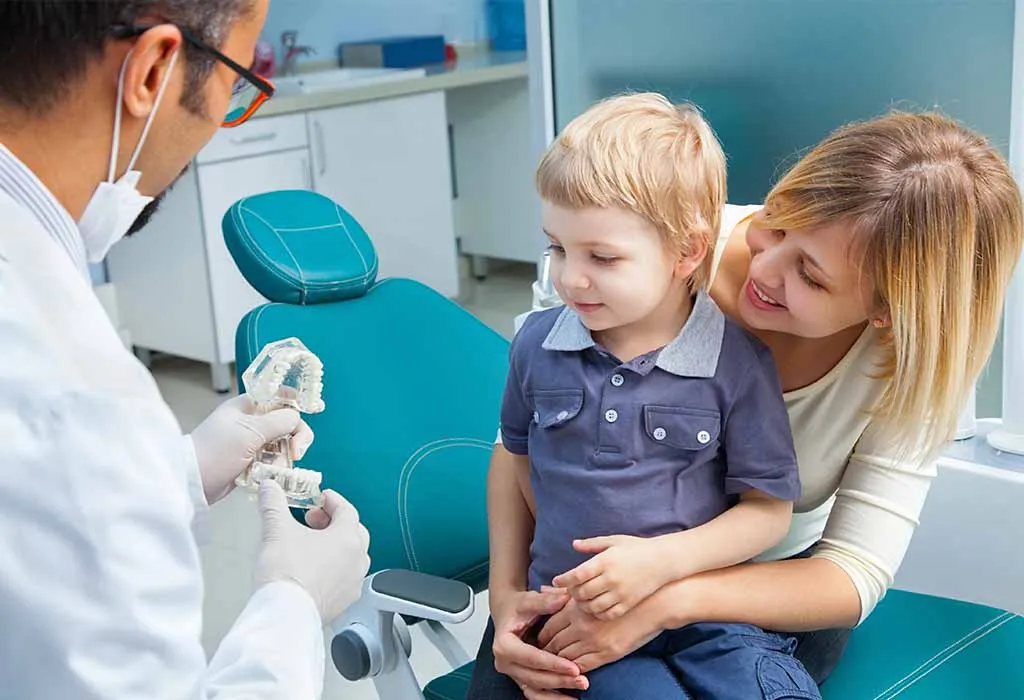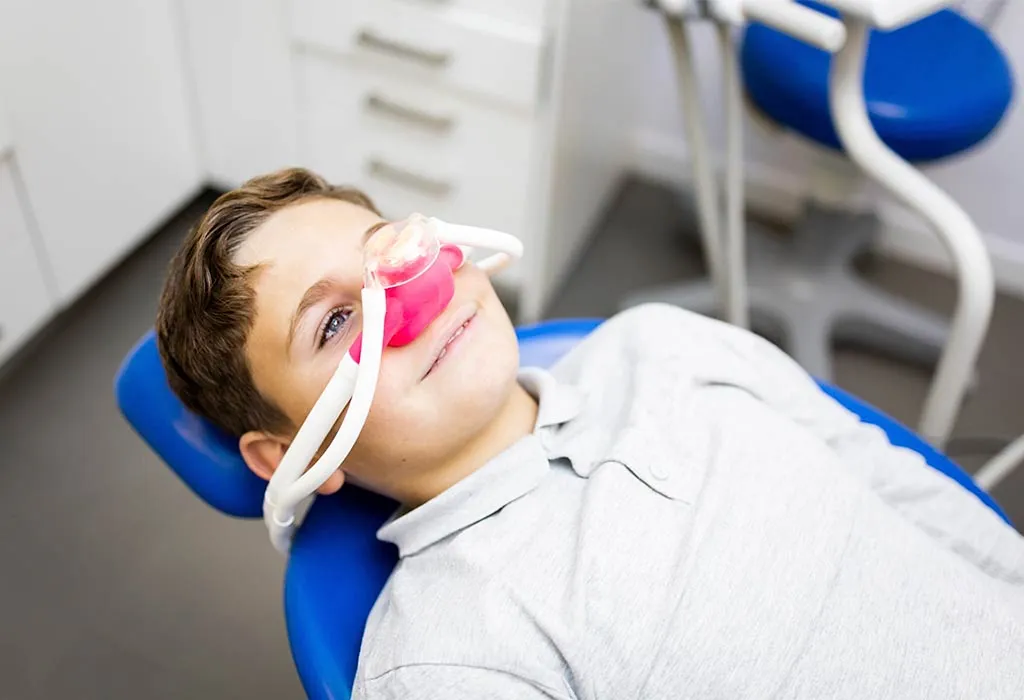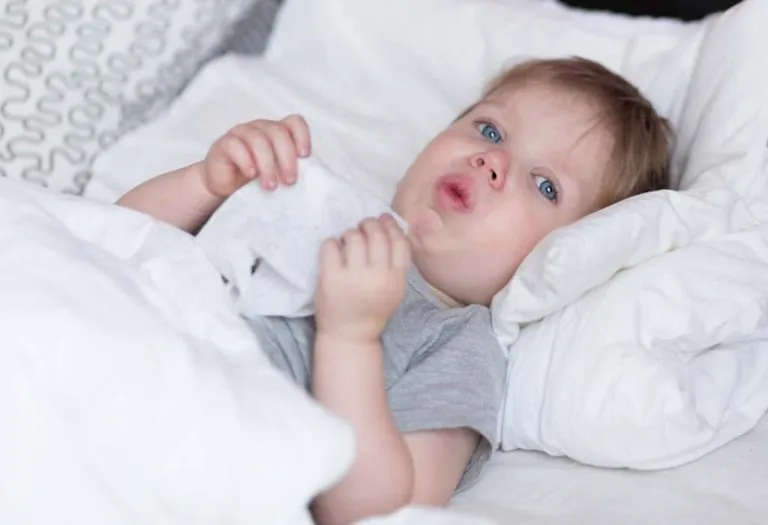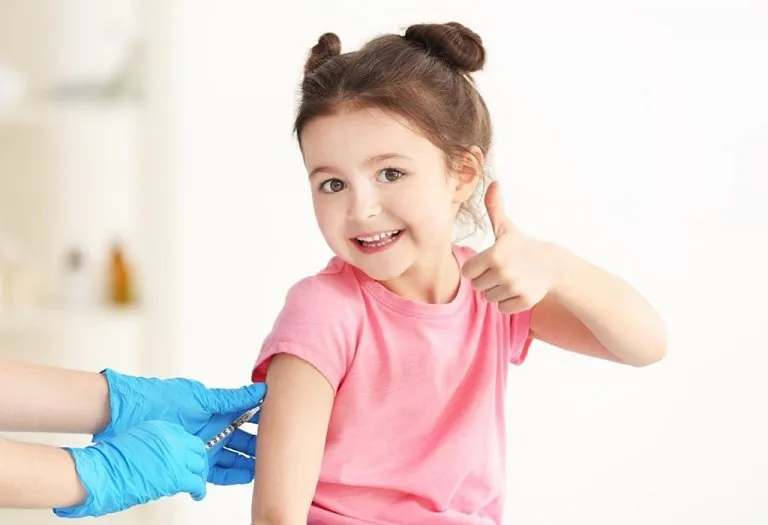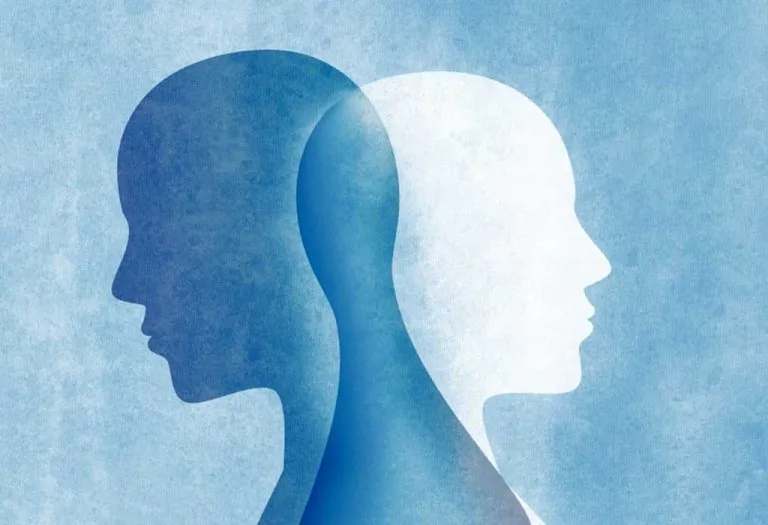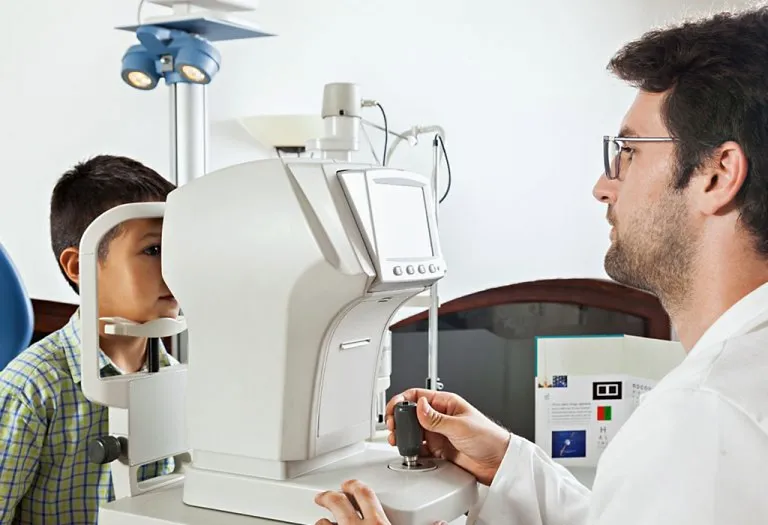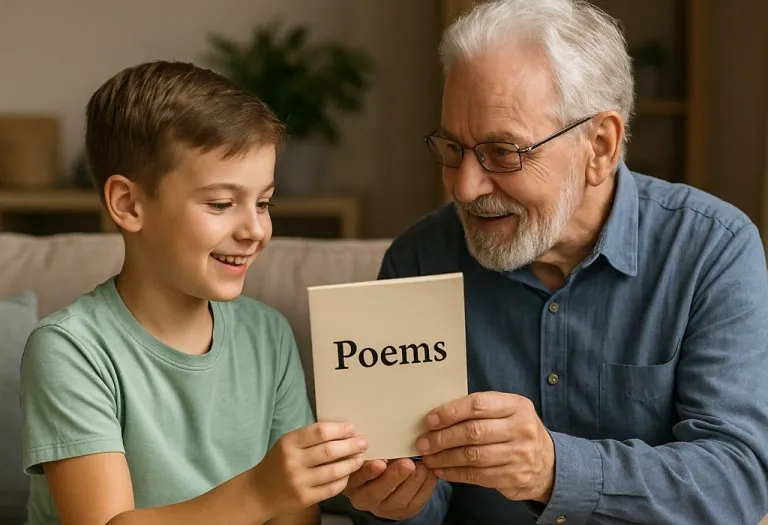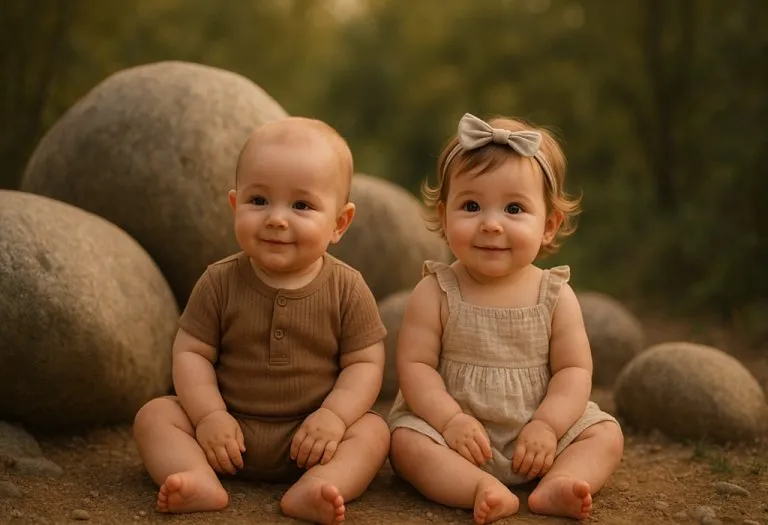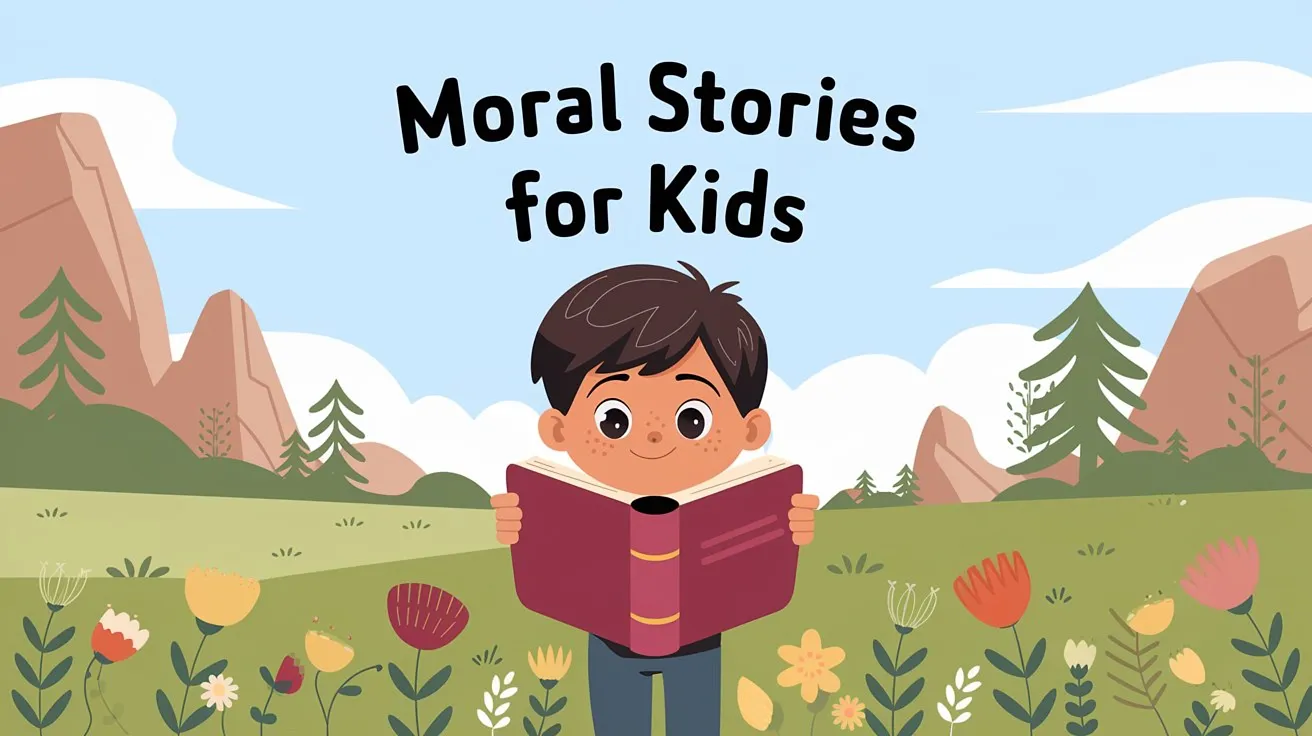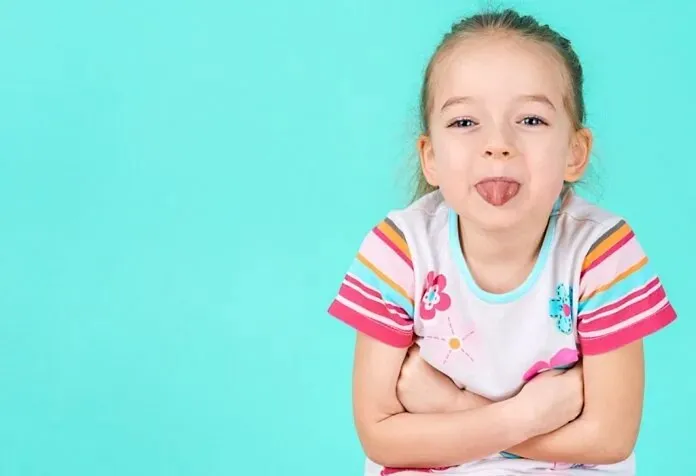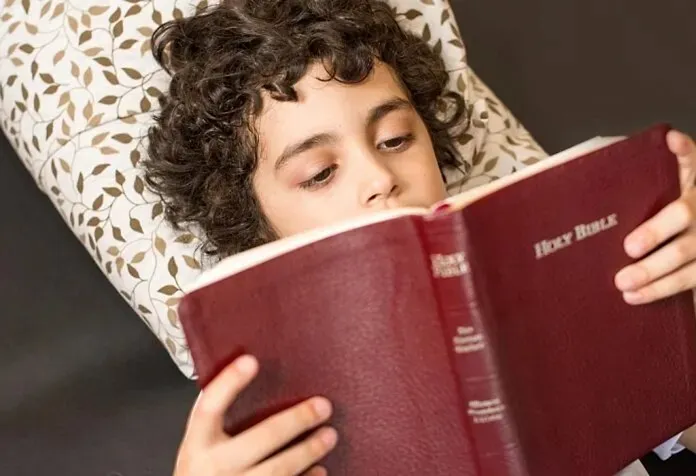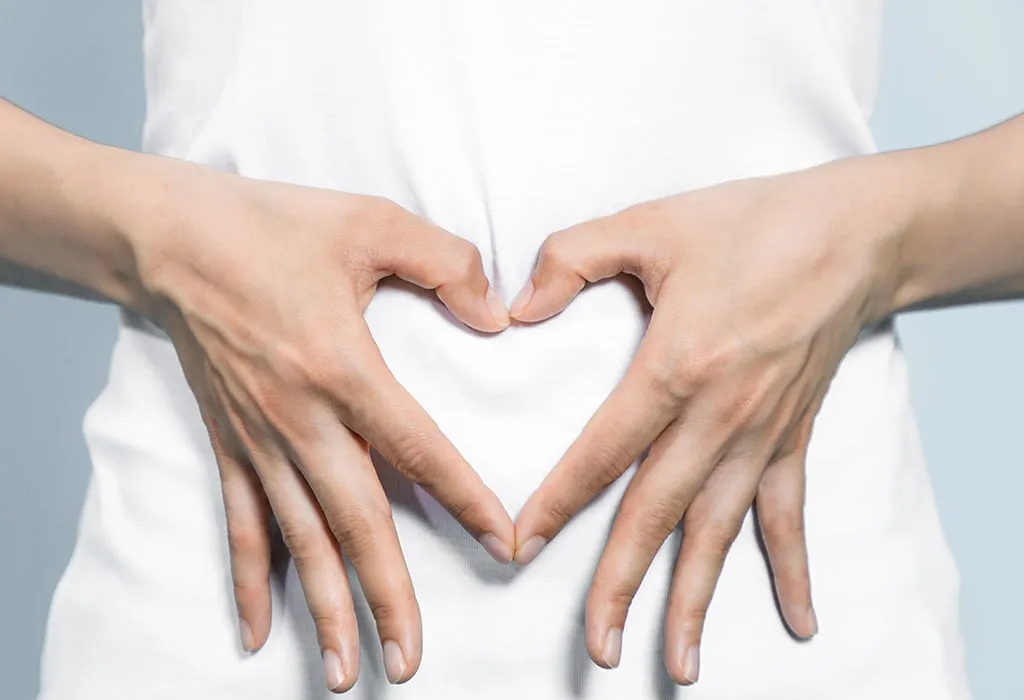Laughing Gas (Nitrous Oxide) for Kids: Safety & Uses in Pediatric Dentistry
A trip to the dentist can be stressful for a child, and even more so for the parent watching from the side. After all, no one likes to see their little one worried or uncomfortable. To ease that stress, dentists sometimes suggest laughing gas for kids, a mild sedative that helps them relax while staying awake and aware. The idea sounds simple enough, but it leaves parents with one pressing question: Is laughing gas really safe for kids? If you want the truth without the sugar coating (the dentist already has enough of that), read on.
What Is Laughing Gas and When It is Used?
Laughing gas, or nitrous oxide, is a colourless gas with a slightly sweet smell that has been used in medicine and dentistry for more than a century. It is mixed with oxygen and inhaled through a small mask placed over the nose, helping patients feel calm and at ease without putting them to sleep (1).
Dentists often use laughing gas for kids during procedures like fillings, extractions, or cleanings when a child is especially nervous (2).
Is It Safe to Use Laughing Gas for Kids?
Nitrous oxide has been used safely in dentistry for many decades. When given in proper doses by a trained professional, it is considered safe for children. One of its biggest advantages is that it leaves the body quickly once the mask is removed, so there are rarely any lasting effects (3). Some kids may feel lightheaded, giggly, or slightly tingly during the process, but these sensations usually fade within just a few minutes, leaving them feeling back to normal almost right away (4).
How to Prepare Your Child for Laughing Gas?
When children are scheduled to receive laughing gas (nitrous oxide) at the dentist, a bit of preparation helps them feel calmer and more comfortable. Here are some steps parents can take to help their child feel at ease:
1. Explain Simply
Tell your child that the dentist will give them a soft mask that lets them breathe in “happy air.” Use age-appropriate words and keep the explanation short. Avoid complicated medical terms or alarming details.
2. Avoid Giving Heavy Meals
Depending on your dentist’s instructions, it may help if your child has only a light meal before the visit. This reduces the chance of an upset stomach.
3. Provide Comfort
Bring a favourite toy, blanket, or small item from home to help them feel secure in the chair.
4. Stay Close
Let your child know you will be nearby the entire time. This reassurance can greatly reduce anxiety.
How Is Nitrous Oxide Administered to Children?
The process of giving nitrous oxide to children is simple and carefully monitored by the dentist. Here’s how it usually works (2):
1. Pre-Procedure Check
Before using laughing gas, the dentist reviews the child’s medical history and current health to make sure it’s a safe option. This step ensures there are no underlying conditions that could interfere with the treatment.
2. Helping the Child Feel Comfortable
The dentist explains the process in simple, friendly terms with the parent present, easing any fear and creating a calm environment for the child.
3. Giving the Gas
A small mask is placed over the child’s nose, and the dentist adjusts the flow of laughing gas. Within just a few breaths, most children start to feel relaxed, some notice a light, tingly, or even “floating” sensation.
4. Dental Treatment
Once the child is calm, the dentist begins the procedure, carefully monitoring their comfort throughout and adjusting the gas if needed.
5. Quick Recovery
At the end, the child breathes pure oxygen for a few minutes, which clears the laughing gas from their system. Most children return to their normal selves almost immediately and can continue with their day as usual.
How Does a Child Feel After Receiving Laughing Gas?
Children usually remain awake and able to respond while under the effect of nitrous oxide. They may feel light, tingly, or slightly warm. Some describe it as floating. Laughter or giggling can happen, which is why it is called “laughing gas.” Once the mask is removed, the feeling fades quickly (4).
Benefits of Laughing Gas
Nitrous oxide in paediatric dentistry is one of the most popular and effective ways to make dental visits easier for children. Here’s why laughing gas is a favourite tool for making dental trips easier and even a little fun for kids (1) (2):
- It helps children feel calm and comfortable within minutes, reducing fear and tension in the dental chair.
- Unlike stronger sedatives, laughing gas does not put children to sleep. They remain awake, can talk, and can respond to the dentist.
- The level of nitrous oxide can be increased or decreased at any time, allowing the dentist to tailor it to the child’s needs.
- It has gentle pain-relieving properties that support the effect of local anaesthetics.
- Does not require an injection to administer.
- The effects wear off quickly once the mask is removed and oxygen is given. Most children return to normal activities right after the appointment (5).
- Parents often feel more at ease knowing their child is relaxed and not distressed during the visit.
Side Effects of Laughing Gas
Many parents are curious about the side effects of laughing gas at the dentist. While most children experience no problems after laughing gas, side effects can happen. They are usually mild and short-lasting (2) (3).
Short-Term Effects
- Drowsiness or light-headedness
- Mild nausea, especially if the child has eaten a heavy meal
- Brief headache after treatment
Long-Term Effects
Long-term effects are very rare. Nitrous oxide leaves the body within minutes after the mask is removed. No lasting problems are expected when it is used properly (2) (3).
When Is Laughing Gas Not Recommended for a Child?
Although safe for most children, laughing gas is not suitable in every case. A dentist may avoid it if (1) (2) (6):
- The child has a severe cold, congestion, or breathing difficulty.
- Children with severe asthma or chronic bronchitis.
- The child is unable to keep the mask in place.
- The child has certain medical conditions that require specialist care.
FAQs
1. Can a child eat before laughing gas?
In most cases, children can eat normally before receiving laughing gas. However, some dentists may recommend avoiding a heavy meal right before the procedure to reduce the risk of nausea or discomfort (5).
2. How is the laughing gas dosage determined?
The dentist adjusts the gas based on the child’s age, weight, and anxiety level to ensure comfort and safety throughout the procedure.
3. Can laughing gas be used for children with special needs?
Laughing gas can be a big help for children with special needs, as it can reduce anxiety and make dental treatment more manageable.
4. Can laughing gas be used for very young children?
Yes, it can be used for younger children, but the dentist will assess their ability to cooperate and safely tolerate the mask before administering it.
So if you’ve been wondering whether laughing gas for kids’ dental treatment is the right choice, think of it as a tool to take the stress out of the visit. Trust in the process, ask your dentist any questions you have, and know that laughing gas can turn what might have been a stressful visit into something far more manageable.
Also Read:
Bad Breath in Kids
Braces for Kids Teeth
Dental Care for Children
Common Children’s Teeth Problems & Solutions
Was This Article Helpful?
Parenting is a huge responsibility, for you as a caregiver, but also for us as a parenting content platform. We understand that and take our responsibility of creating credible content seriously. FirstCry Parenting articles are written and published only after extensive research using factually sound references to deliver quality content that is accurate, validated by experts, and completely reliable. To understand how we go about creating content that is credible, read our editorial policy here.
1. Cleveland Clinic – Nitrous Oxide (Laughing Gas)
2. National Library of Medicine – Nitrous Oxide
4. MouthHealthy – Nitrous Oxide
5. The Royal Children’s Hospital Melbourne – Sedation (nitrous oxide) for dental procedures
6. American Academy of Pediatric Dentistry – Use of Nitrous Oxide for Pediatric Dental Patients





